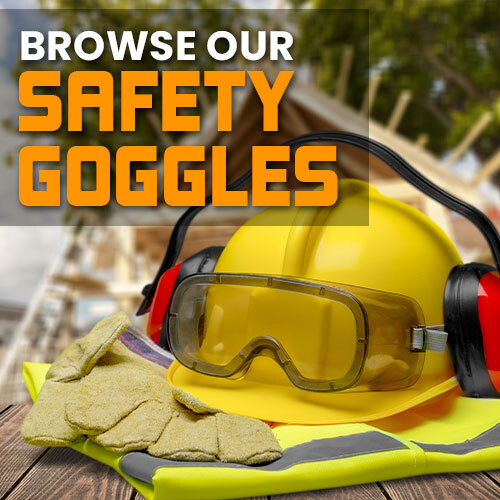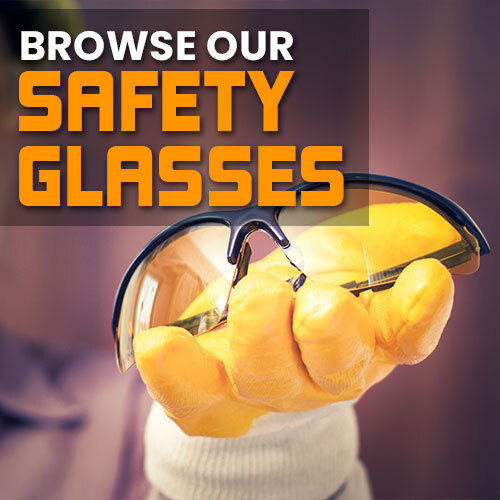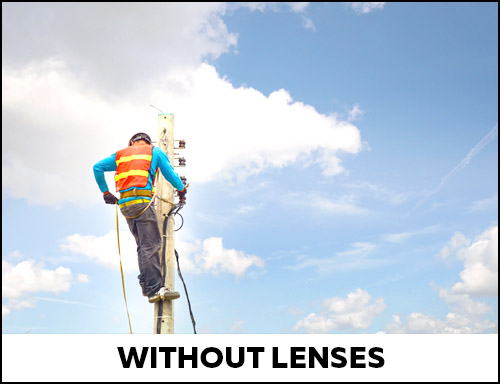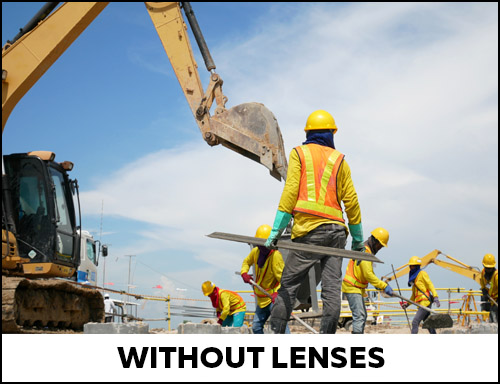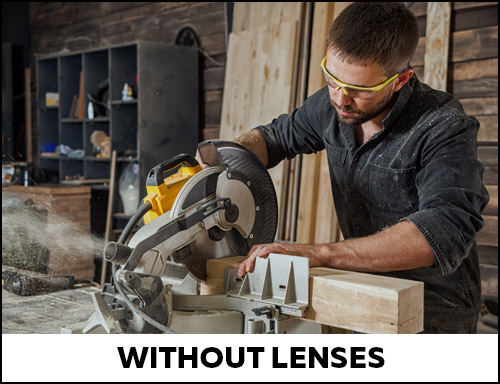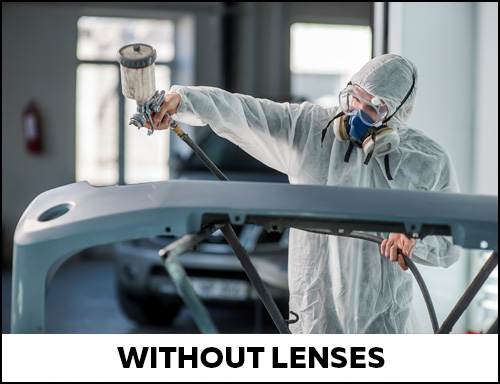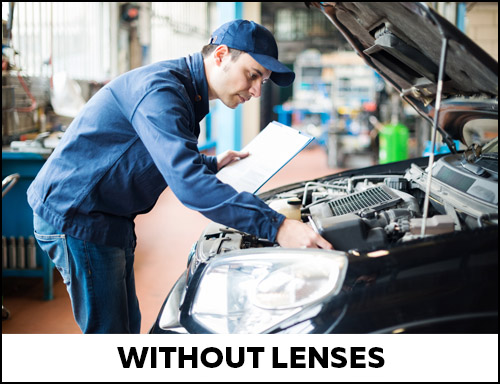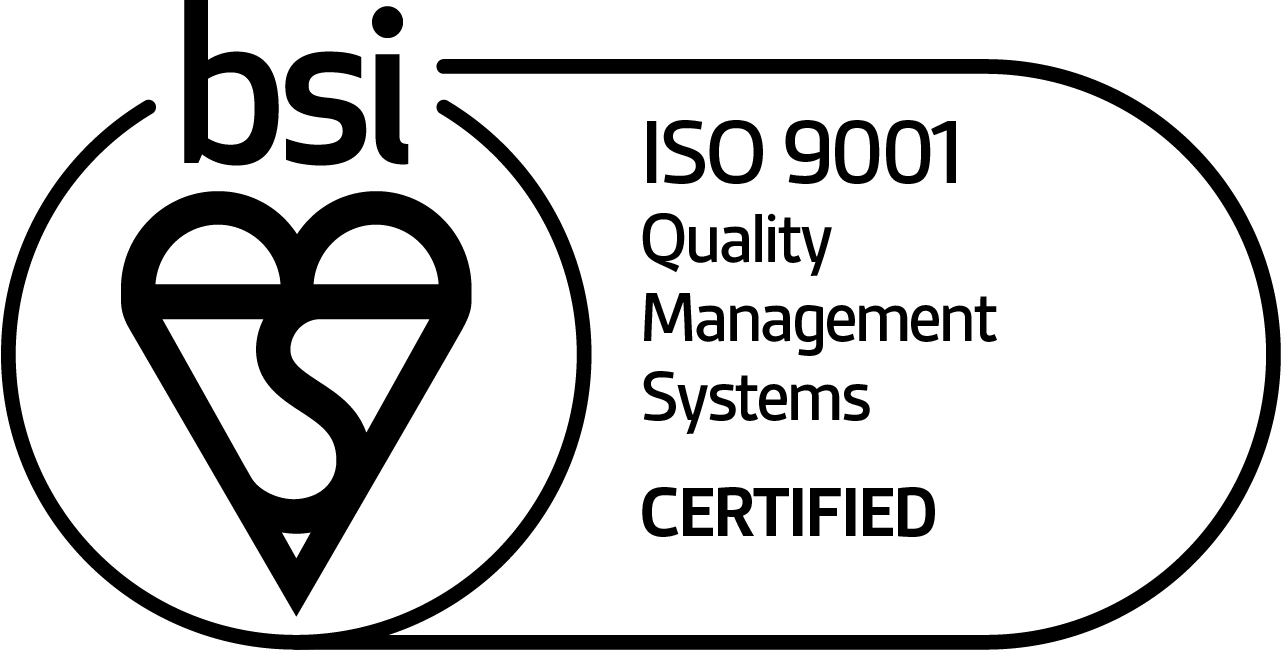| Visual Guide to Our Lens Colours23 August 2018 Safety glasses come in many different shapes and sizes, and one of the biggest variants in the type of glasses that we offer is lens colour. Different coloured lenses react differently to different types of light. Some lenses filter out bright, visible light, while other lenses protect against harmful invisible light such as UV, infrared or blue light. This is why it's important to not rush in and buy safety goggles, especially without checking the lens colour, understanding what kind of light that lens colour is for and understanding what applications are best suited to those lenses. This short visual guide explains the benefits of our most popular types of lens colour, before giving you a demonstration of what the world looks like under that lens. Hopefully this will shed some light on what lens colour is necessary for what job, ensuring that your eyes stay healthy while at work. Visual Guide to Our Lens ColoursTo help illustrate the difference that a good pair of safety eyewear can make to your vision, we've created a guide to some of the more common tints of lens, including what situations they are best used in. Tints may differ based on the manufacturer and specific model of glasses, but our guide can give you a rough estimate of which version is best for your needs. Smoke LensesOne of the most popular choices for lens colours, smoke lenses (also called dark and black lenses, depending on the manufacturer) are best suited for use in areas with bright light, such as when working outdoors. Smoke Lenses generally work by cutting out the worst of the light and glare, making the world appear darker while protecting your eyes from damage. They make the world look darker, but despite the view becoming more contrasted, colours aren't distorted and you still retain exceptional clarity.
Grey LensesOne of the most popular lenses are Grey Lenses, as they reduce the brightness without affecting colour perception. Similar to smoke lenses, they protect against UV light and reduce sun glare, but grey lenses also allow for clarity while at work. We would also recommend grey lenses if you're working for an extended amount of time, as they ease the viewing experience and reduce fatigue and stress on the eye during use.
Yellow LensesMost people are exposed to blue light from the sun, but phones, computers and other digital equipment also pose a significant threat too. It is an invisible light that can cause significant damage to your eyes, and one of the best filters of blue light is Yellow Lenses. Yellow lenses reduce the amount of blue light that reaches the eye which makes them perfect for users who spend a lot of time in front of a screen. Yellow lenses do not actually provide that much protection from the sun, so if you're working in bright light itls recommended that you go for darker glasses. But they provide clarity in foggy, hazy and low light conditions because the blue light that makes it hard to focus is filtered out.
Amber LensesAmber Lenses and other lenses that come with a reddish tint are perfect for low light conditions because they make the environment appear brighter, affecting your eyes in a similar manner to yellow-tinted lenses. They block out blue light which increases sharpness and reduces eye fatigue, while the red element to the lenses enhances depth perception. This lens colour is recommended for sports such as golf, tennis and hunting, where lower levels of light demand total clarity.
Clear LensesFor general work with a lower threat of light, we would recommend wearing Clear Lenses. They can still protect against UV light however they generally allow 86% to 96% of visible light to pass through, which gives the wearer total visibility. This makes them well suited to general safety use indoors in applications that demand clarity and vision. Clear lenses are designed to be as close as possible to your vision when you are not wearing glasses.
Choose the right Lenses for the EnvironmentChoosing the correct lenses for the environment is key, as a mistake could cause stress and damage to your eyes. Choosing the right colour can boost comfort and your performance at work while keeping you comfortable. If you've decided on the colour that you want, you can filter your search by lens colour for both Safety Goggles and Safety Glasses on our website. If you're after some advice, leave a comment below or call us on 020 7501 0594 where one of our experts will be delighted to help. |
